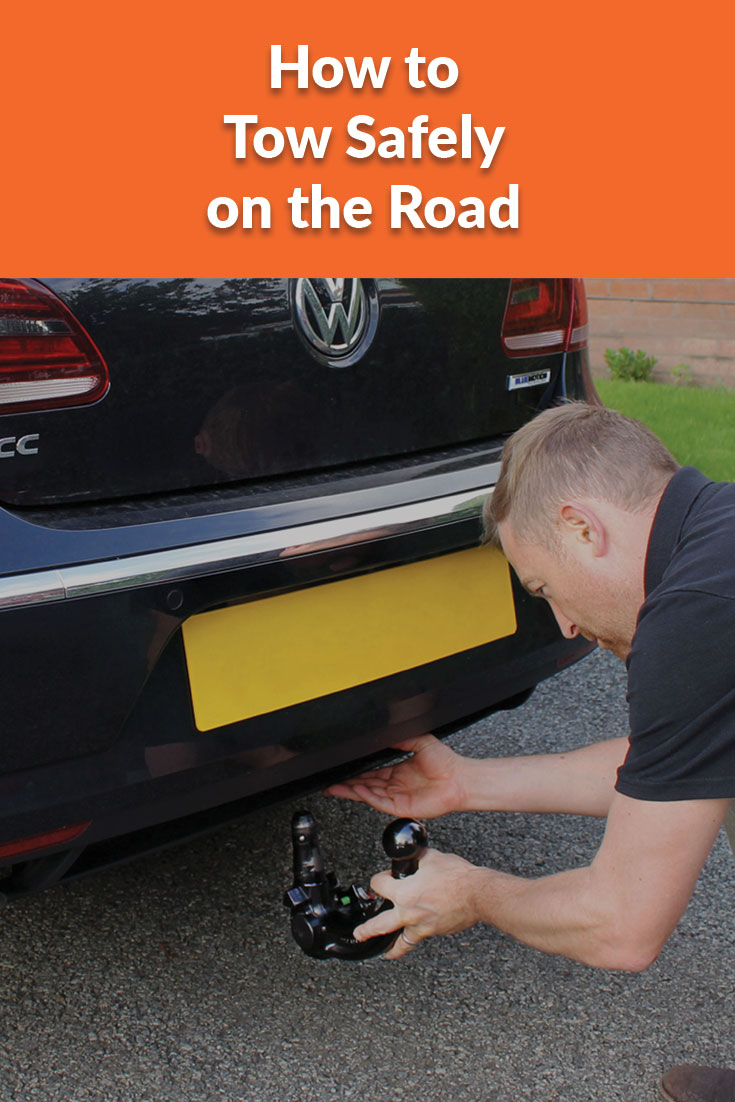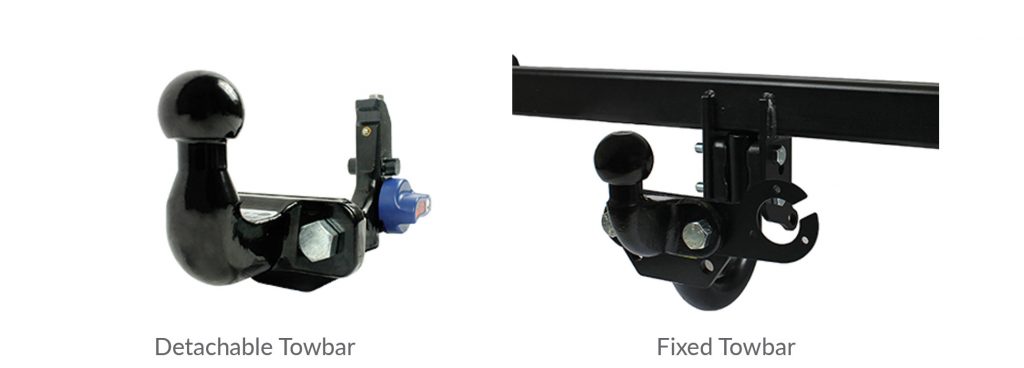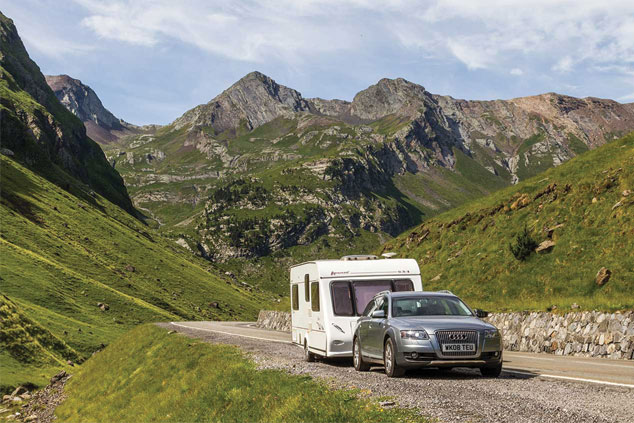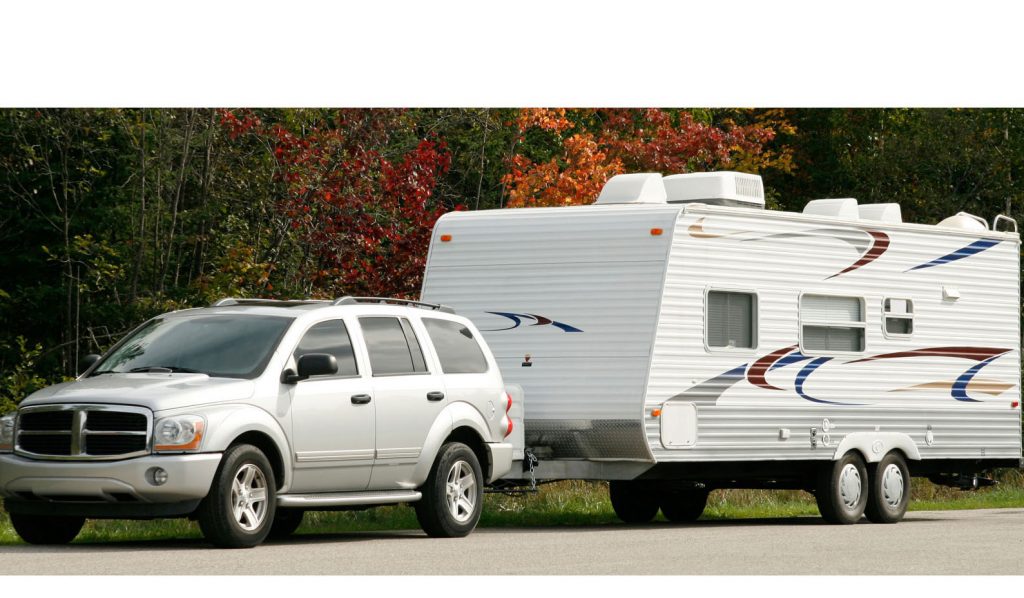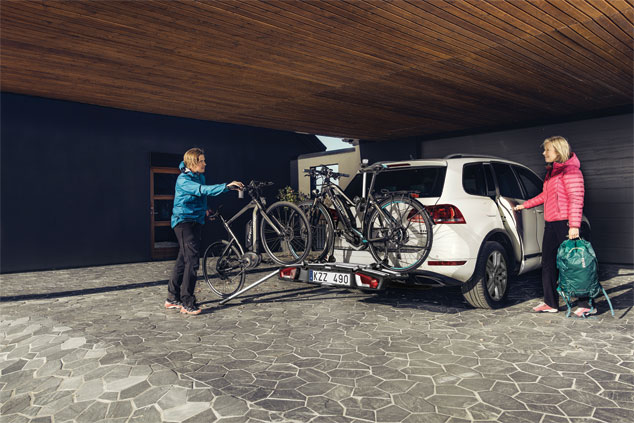It’s near enough impossible these days to be driving along a road and not spot a car with a towbar fitted. As towbars allow vehicles to carry and transport multiple objects, it’s no wonder why a vast number of the UK opt to get a towbar fitted to their vehicle. You can tow a variety of things, from a trailer to a caravan, horsebox and even a cycle carrier. With this being said, there are multiple ways to ensure you safely tow on the road.
Remember, once you begin towing you’re no longer responsible for one vehicle on the road, but two. So make sure you do everything possible to ensure a safe journey for yourself and other drivers on the road.
Different towbars
Towbars are produced in many different designs and styles, each one manufactured to suit a particular range of vehicles and models. The two main towbar designs are fixed and detachable.
Detachable towbars are mainly used for when you only want to tow occasionally, for example towing a caravan on weekend breaks away. Whereas fixed towbars are designed for those who have continuous towing needs. As you can see, both designs are popular and suit various needs, they also come in two different styles; swan neck and flange. But be aware that some vehicles cannot tow at all and some towbars will not fit certain models, so make sure you do your research before purchasing a towbar. Also, some towbars are vehicle specific which can limit your options, saving you time in your search.
General safety advice
Depending on what it is that you are towing, there are many safety precautions you will need to take before and during towing.
Lighting – Ensure what you are towing is properly lit for when it gets dark. There’s no use in towing a caravan or trailer if no one can see your brake lights at night, all it will do is cause accidents. Also, make sure your indicators are all working correctly so that other drivers are clear on your driving intentions.
Weight limit – Check your vehicles handbook for any weight limitations, this will give you a good idea on how much your car can tow safely. A good tip for distributing weight evenly is to make sure the bulk of the weight is secured in the middle of what it is your are towing. This is so that no extra weight is focused on one side.
Speed – When towing something behind your vehicle, it is important that you are careful when driving and keep a moderate speed throughout your journey. This allows other cars to pass you if necessary and gives you enough time to make turns, maneuvers and brake accordingly. If what you are towing starts to swerve or snake, this may be a sign you are going too fast so ease off the accelerator and adjust your speed going forward.
Towing a caravan
Many people purchase a caravan with the purpose of travelling the country on mini breaks away or visiting new destinations. But when travelling alongside other vehicles on the road, it is important you abide by any safety procedures put in place. Here are a few of these rules and things to check before towing a caravan on the road;
Lanes – You must stay in the left hand lane on motorways when driving. This is so that other cars have the opportunity to pass and give you a wide berth as well as ensuring you keep to the speed limit. So unless you are directed to do so, make sure you keep out of any right hand lanes.
Speed – Like with anything you tow, keep your speed moderate especially when driving on motorways and country lanes. If your caravan begins to swerve or feels unsteady, gently slow your speed or safely pull over. Check everything is tightly secured before setting off again.
Load weight – As you are planning to stay in the caravan for at least a few days, there may be a good amount to pack. But when it comes to towing, this may affect the load weight of the caravan and cause problems when driving. So when it comes to organising belongings in the caravan, manage the load accordingly and distribute any weight evenly throughout the space and place any heavy objects in the middle.
Accessories – It is required by law that when towing a caravan you obtain extension mirrors to install on your vehicle, so that when it comes to driving you are able to see around the caravan. But remember to take them off when not towing, as it is dangerous for yourself and others on the road.
Towing a trailer
Towing a trailer can be done for a number of reasons, whether it be for work purposes and other activities. You can be moving belongings into new home or transporting a large object across the country. Whatever your reasons, here are a few things you should check to ensure you drive safely on the road when towing;
Secure Load – Strap down what it is you are carrying on your trailer, no matter how big or small. You want to be confident in the security of your belongings and make sure they don’t fall into the road when driving and put other drivers at risk.
Lighting – As the trailer will block your vehicle’s rear lights it is important that you ensure the electrics are all working correctly so that other drivers are aware of your driving signals and when to brake. This is especially important at night when it is dark, to make other drivers aware of your vehicle your rear lights must be on. If you find they aren’t working, pull over safely and call for help.
Size – Bare in mind that the size of your trailer will impact your vehicle when towing. If both are not the same size then you may need to purchase an adjustment plate to adjust the trailer. If you aren’t sure, check to see if the trailer is nose down or nose up, this will give you a good indication on the coupling height.
Towing a cycle carrier
Cycling is such a popular sport that many enjoy testing their skills by travelling to new places and challenging themselves on new terrain. Similarly, families also enjoy group bike rides away from home in the summer months. But to get to these destinations, first you need to find a way to get your bikes there. This is one of the reasons why towing a cycle carrier is frequently seen on the roads across the UK. Yet before any towing is done, here are a few safety procedures recommended for driving safely when towing a cycle carrier;
Safety – Most cycle carriers come with straps that secure your bikes to the carrier and make sure there is no movement when driving. The worst thing to happen is your bike falling into the road during your journey. To prevent damage to your bikes and other drivers, double check safety straps and locks to ensure bike is safely mounted before travelling.
Vision – When towing any bikes, you might find that certain areas of your rear windscreen are compromised. Adjust the bikes until you are able to clearly see out of the back window without any difficulty. Also, make sure any bikes aren’t overhanging or sticking out when driving. This can impair your vision in the mirrors and cause risk to other drivers.
Registration – With a towbar mounted cycle carrier there is a chance it can block the registration at the rear of the vehicle. This is a problem as you must have a number plate showing when driving a vehicle. If this happens, then you may have to invest in a light board and detachable number plate so that everything is clear and easy to see on the road.
Towing is such a big thing nowadays that it is important you know the safety checks and procedures in order to drive safely when towing. Whether it is a trailer, caravan or cycle carrier, there are plenty of resources available that helps improve your knowledge on the safety of towing. So next time you tow, be sure to know all the requirements and carry out every precaution before towing on the road.

